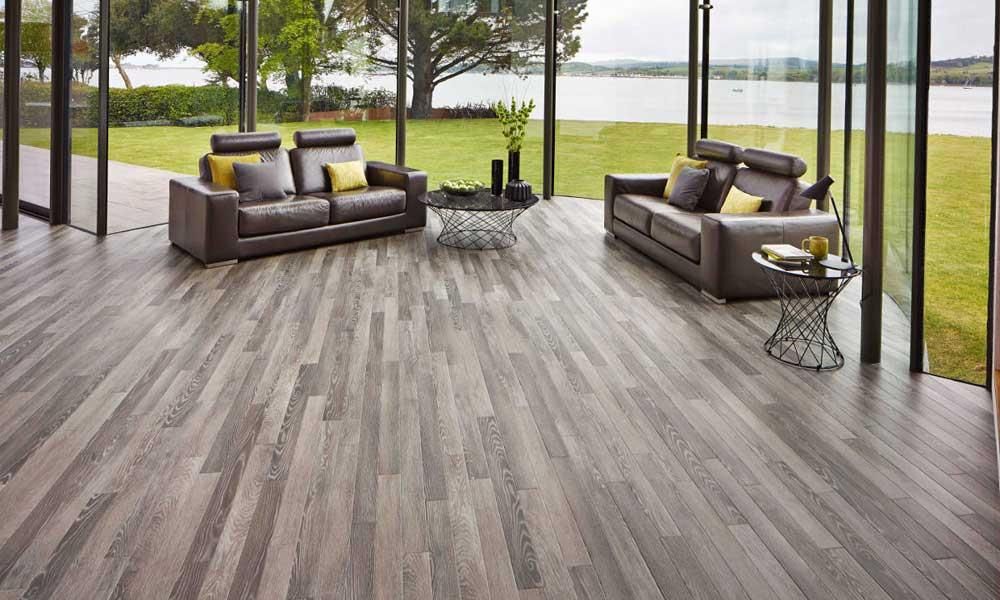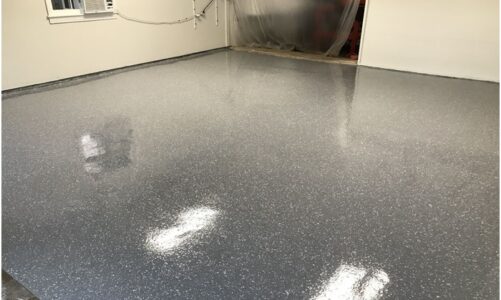PVC flooring is a popular choice for someone looking for a cost-effective option when it comes to flooring. While it may not be as durable as other types of flooring, PVC flooring is typically affordable and easy to install.
One downside to PVC flooring, however, is that it’s prone to moisture damage. This happens when water seeps through the surface of the PVC and into the underlying wood, causing the wood to rot. This can lead to structural failure of the building and even health risks for people who are nearby.
While moisture damage is a common issue with PVC flooring, there are some measures you can take to minimize its risk. For example, you should place plywood over the entire surface of the PVC so that any water that seeps in cannot reach the wood beneath.
Steps for Installing PVC Flooring
There are a few things you need to know before installing PVC flooring. First of all, PVC flooring is a popular choice for those who want an easy and affordable solution for replacing old, damaged, or worn-out floors. It’s also a good option if you’re looking for a floor that can withstand high-traffic areas since PVC floors are very durable.
Here are the steps you need to take when installing PVC flooring:
- Pre-drill holes in the desired locations. Mark these holes with a pencil so that you’ll be able to align them correctly later on.
- Remove the old flooring and prepare the surface by scraping away any existing debris or dust. This will make it easier to apply the new flooring without any problems.
- Apply pressure evenly across the entire surface with a roller or trowel. Make sure that you avoid any air bubbles, which could cause problems later on.
- Place the PVC sheet onto the prepared surface and align the holes that were previously marked. Use a drill bit to make small holes in each corner of the sheet, then pull it up until it’s tight against the wall and wrinkle-free.
- Make sure that all edges of the sheet are lined up correctly and press down firmly with a hammer or even your foot if needed (this will help ensure that there are no air bubbles.
Maintenance Tips for Your PVC Flooring
PVC flooring is a great choice for people who want a durable, long-lasting floor option. However, it does require some occasional maintenance to keep it looking and feeling its best. Here are a few tips to help you get the most out of your PVC flooring:
- Keep it clean: Dirt and dust build up over time on PVC floors, which can damage the material and make it difficult to maintain. Regularly vacuum and sweep your floor to remove dirt and dust, and then scrub it with mild soap if necessary.
- Protect it from moisture: Moisture is one of the main causes of damage to PVC floors. Make sure that water doesn’t seep through the floorboards or into the subfloor below them, and seal any cracks or joints in the floor with caulk or joint compound.
- Keep it aligned: PVC floors tend to shift over time due to natural expansion and contraction. Align them regularly using a leveler if necessary, and keep any adjustments consistent throughout the entire room.


